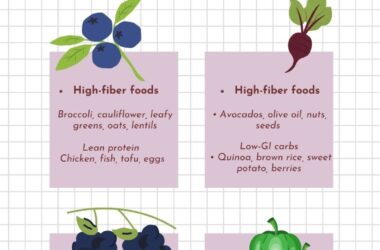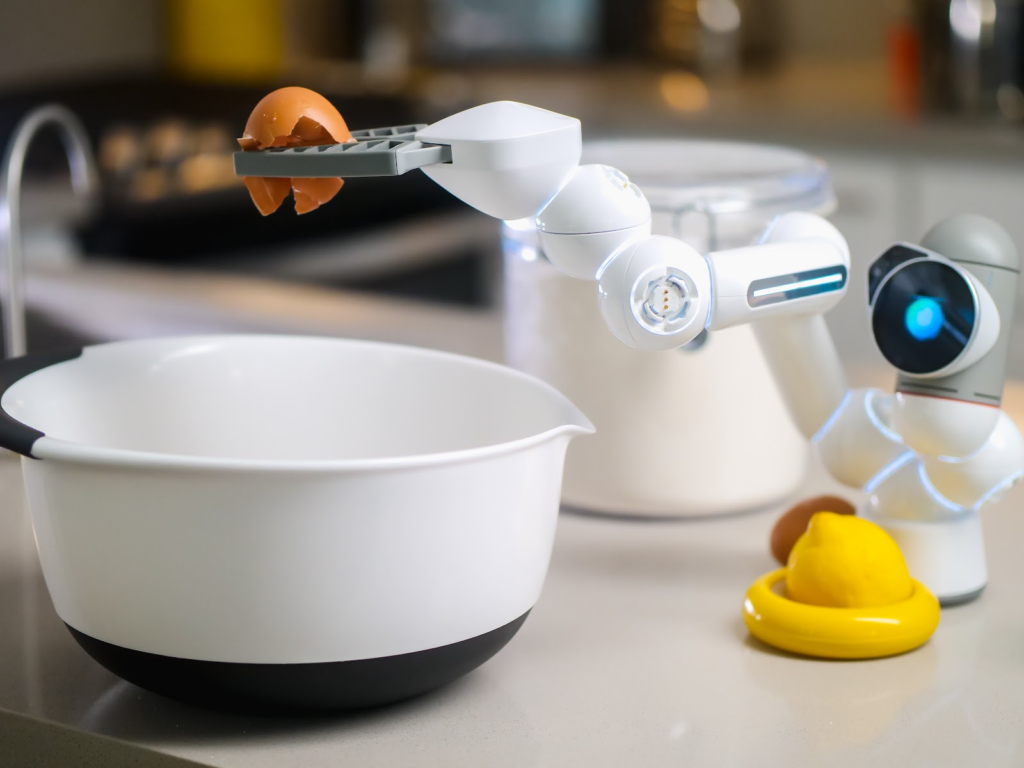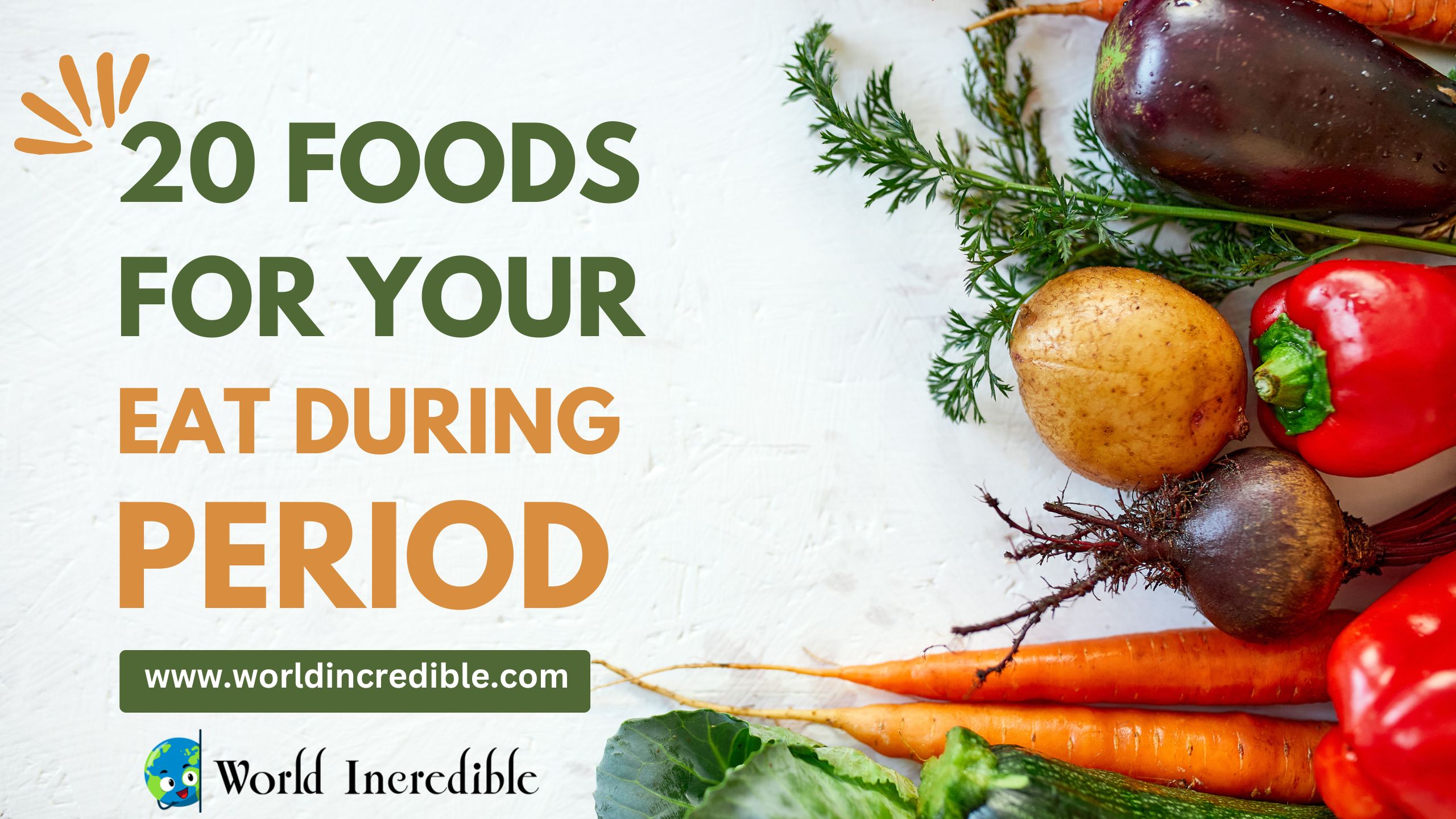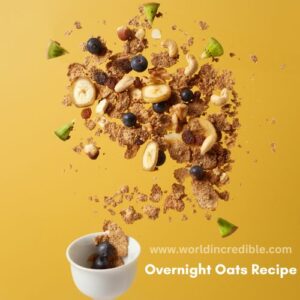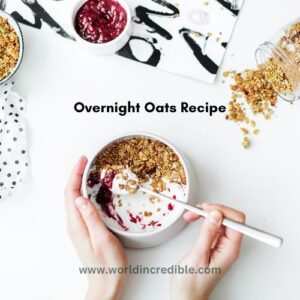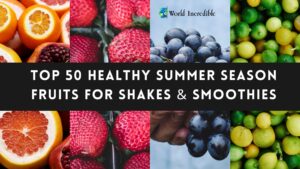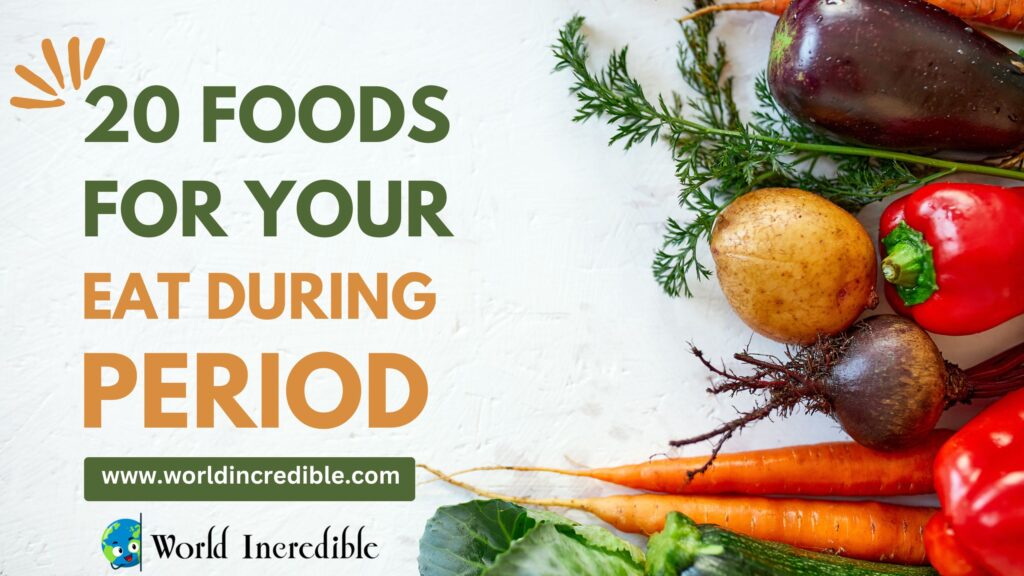
Navigating the ups and downs of menstruation can be challenging. From cramps to mood swings, it’s a time when your body needs a little extra TLC. One of the best ways to support your body during your period is through your diet. Here are 20 foods to eat during your Menstrual Cycle (period) to help you feel your best.
1. Dark Chocolate
Rich in magnesium, dark chocolate can help reduce muscle tension and boost your mood. Opt for dark chocolate with at least 70% cocoa content to reap the benefits.
2. Leafy Greens
Spinach, kale, and other leafy greens are packed with iron and magnesium, which are essential during your period due to blood loss. They also contain vitamin C, which helps in iron absorption.
3. Bananas
Bananas are a great source of potassium, which can help alleviate bloating and muscle cramps. They also contain vitamin B6, which can help regulate mood swings.
4. Salmon
Salmon is rich in omega-3 fatty acids, which have anti-inflammatory properties that can help reduce menstrual pain. It’s also a good source of vitamin D and B vitamins.
5. Oranges
Oranges and other citrus fruits are high in vitamin C, which aids in iron absorption. They also provide a refreshing boost of hydration and energy.
6. Nuts and Seeds
Nuts and seeds, such as almonds and flaxseeds, are packed with healthy fats, magnesium, and vitamin E. These nutrients can help reduce inflammation and support hormone balance.
7. Greek Yogurt
Greek yogurt is a good source of calcium and probiotics, which can help reduce bloating and improve digestion. It also provides protein, which can help keep you feeling full and satisfied.
8. Avocados
Avocados are rich in healthy fats, magnesium, and potassium. They can help reduce muscle cramps and bloating while providing sustained energy.
9. Whole Grains
Whole grains like quinoa, brown rice, and oats are rich in fiber, which can help with digestion and reduce bloating. They also provide sustained energy throughout the day.
10. Berries
Berries such as blueberries, strawberries, and raspberries are high in antioxidants and vitamin C. They can help reduce inflammation and boost your immune system.
11. Ginger
Ginger has natural anti-inflammatory and pain-relieving properties, making it an excellent choice for reducing menstrual cramps. Try adding fresh ginger to tea or meals.
12. Watermelon
Watermelon is hydrating and rich in vitamins A, B6, and C. It can help alleviate bloating and keep you hydrated.
13. Lentils
Lentils are a great plant-based source of iron and protein. They can help replenish lost iron during menstruation and keep you feeling full and energized.
14. Dark Leafy Herbs
Herbs like parsley and cilantro are rich in iron and vitamin K. They can help with blood clotting and reduce heavy bleeding.
15. Turmeric
Turmeric contains curcumin, a compound with powerful anti-inflammatory properties. It can help reduce menstrual pain and improve overall well-being.
16. Eggs
Eggs are packed with protein, vitamin D, and B vitamins. They can help regulate mood and provide sustained energy throughout the day.
17. Tofu
Tofu is a good source of plant-based protein and iron. It can help replenish lost nutrients and provide energy without causing bloating.
18. Pineapple
Pineapple contains bromelain, an enzyme that can help reduce muscle cramps and inflammation. It’s also high in vitamin C and hydration.
19. Pumpkin Seeds
Pumpkin seeds are rich in magnesium, iron, and zinc. They can help reduce cramps, replenish lost iron, and support immune function.
20. Water
Staying hydrated is crucial during your period. Drinking plenty of water can help reduce bloating, alleviate cramps, and improve overall energy levels.
Eating a balanced diet rich in these nutrient-dense foods can help you manage the symptoms of your period more effectively. Remember to listen to your body and give it the nourishment it needs during this time. By incorporating these foods into your diet, you can support your overall well-being and feel more comfortable during your menstrual cycle.
Foods to Avoid During Your Menstrual Cycle (Period)
Navigating your period can be challenging, and the foods you consume play a crucial role in how you feel during this time. While cravings can lead you towards comfort foods, some choices might exacerbate common Menstrual Cycle symptoms like bloating, cramps, and mood swings. Here’s a guide to the foods you should avoid to help make your period as comfortable as possible.
1. Salty Foods
Salt causes your body to retain water, leading to bloating and discomfort. Processed snacks like chips, salted nuts, and fast food are typically high in sodium. Opt for fresh, whole foods instead, and if you must season your meals, use herbs and spices rather than salt.
2. Sugary Foods
While it’s tempting to reach for sweets to combat mood swings, high sugar intake can lead to a spike in blood sugar followed by a crash, which can worsen fatigue and irritability. Avoid candies, cakes, and sugary drinks. Instead, satisfy your sweet tooth with naturally sweet fruits like berries or a small piece of dark chocolate.
3. Caffeinated Beverages
Caffeine can increase anxiety, worsen breast tenderness, and contribute to dehydration, intensifying cramps. Limit your intake of coffee, tea, and energy drinks. Herbal teas like chamomile or ginger can be soothing alternatives, as they help reduce inflammation and relieve menstrual pain during Menstrual Cycle.
4. Alcohol
Alcohol can disrupt your hormone levels and lead to dehydration, which might make headaches and bloating worse. Additionally, alcohol can affect your sleep quality, making you feel more tired and irritable. Stick to hydrating beverages like water or herbal teas.
5. Fried and Fatty Foods
High-fat foods can increase estrogen levels, which may exacerbate period symptoms like breast tenderness and bloating. Avoid fried foods, fatty cuts of meat, and processed foods that are high in unhealthy fats. Opt for lean proteins, nuts, seeds, and foods rich in omega-3 fatty acids, like salmon and chia seeds, which can help reduce inflammation.
6. Dairy Products
For some people, dairy can be difficult to digest and may lead to bloating and gas. Additionally, high-fat dairy products can contribute to inflammation. If you’re sensitive to dairy, consider plant-based alternatives like almond milk or soy yogurt.
7. Processed Grains
Refined grains, such as white bread, pasta, and pastries, can cause a rapid increase in blood sugar levels, leading to energy spikes and crashes. Whole grains, like quinoa, brown rice, and oats, are better options as they release energy slowly and keep you feeling fuller for longer.
8. Red Meat
Red meat contains prostaglandins, which can trigger more intense menstrual cramps. Try to limit your consumption of red meat during your period and choose leaner protein sources such as chicken, fish, or plant-based proteins.
9. Spicy Foods
Spicy foods can irritate your stomach and lead to increased cramping and discomfort. If you notice that spicy foods worsen your symptoms, it’s best to avoid them during your period.
Tips for a Balanced Diet During Your Period
- Hydrate: Drink plenty of water to help reduce bloating and improve digestion.
- Balanced Meals: Focus on balanced meals with lean proteins, healthy fats, and plenty of fruits and vegetables.
- Frequent Meals: Eating smaller, more frequent meals can help maintain energy levels and prevent overeating.
- Iron-rich foods: Incorporate iron-rich foods like leafy greens, beans, and fortified cereals to combat fatigue and replenish iron lost during menstruation.
By paying attention to your diet and avoiding these foods, you can help manage and reduce the uncomfortable symptoms associated with your period. Remember, every-body is different, so listen to yours and adjust your diet accordingly to find what works best for you.


